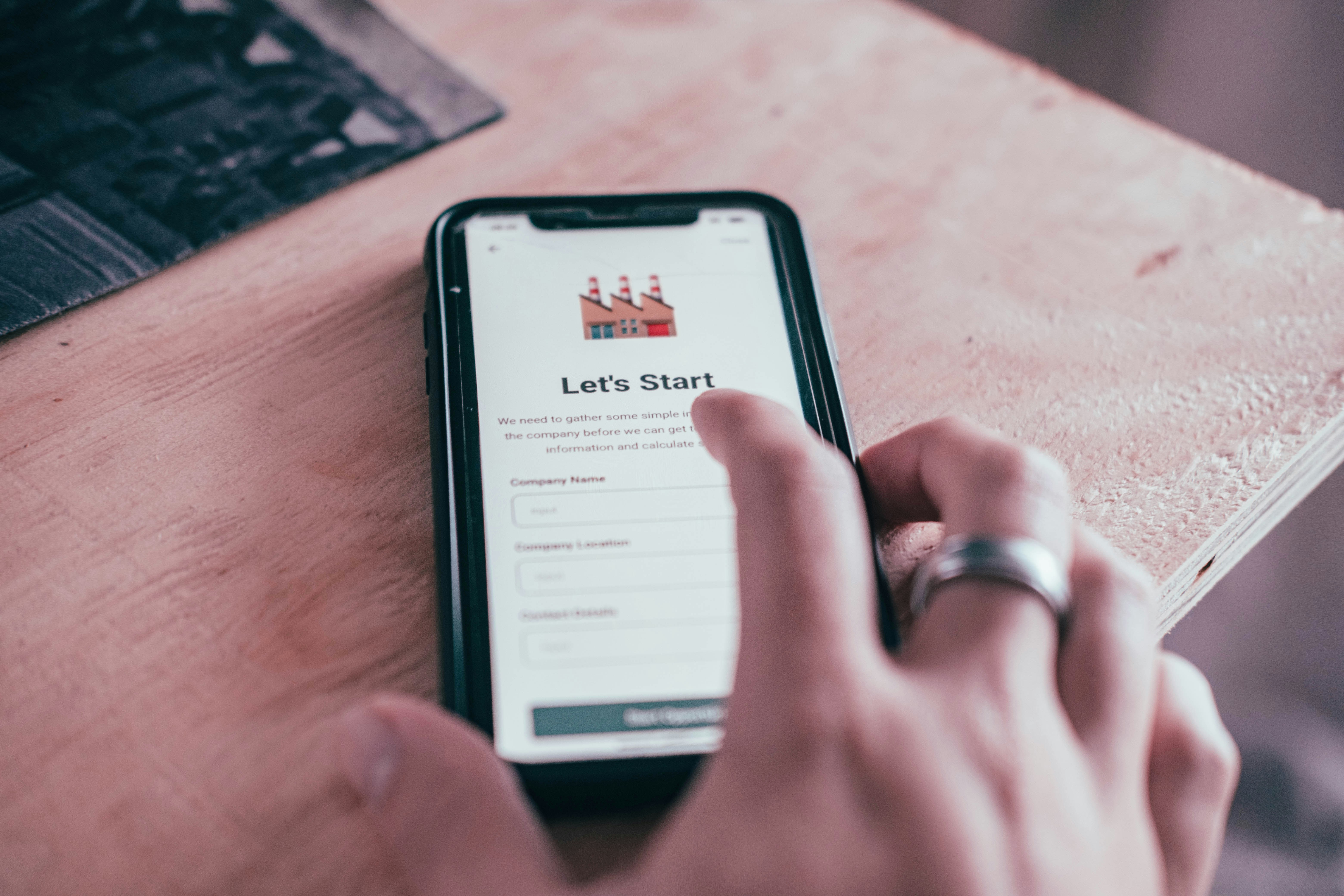Why Onboarding Still Matters (Even More)
Onboarding is no longer just a welcome screen. It's the first UX impression that defines whether a user will stay, pay, or delete.
Key objectives:
Explain core value fast
Build trust
Minimize friction
Personalize early
Pattern 1: Progressive Disclosure
What it is: Gradually introduce features as users explore the app.
Why it works in 2025: Attention spans are short. Don’t overwhelm—guide.
Best for: Complex apps (e.g., finance, productivity, AI tools)
Pro tip: Use tooltips or subtle prompts triggered by user behavior.
Pattern 2: Personalization First
What it is: Let users customize experience upfront—theme, goals, content.
Why it works: Tailored UX improves engagement and conversion.
Use case: Fitness, e-learning, news apps.
Bonus: Use AI to pre-fill or suggest based on minimal input.
Pattern 3: No-Login Exploration (Guest Mode)
What it is: Let users try core features before registration.
Why it works: Removes friction and builds value before commitment.
Best for: Apps with clear utility or freemium model.
Pattern 4: Gamified Onboarding
What it is: Turn onboarding into a game-like experience with rewards, progress bars.
Why it works: Motivates users to complete onboarding and explore more.
Great for: Gen Z-targeted apps, health and habit trackers, productivity.
Pattern 5: Micro-video or Interactive Demos
What it is: Use quick animations or step-through tutorials instead of walls of text.
Why it works: Visual learning is faster and more memorable.
Pro tip: AR/3D onboarding is emerging for spatial and camera-based apps.
What to Avoid in 2025
Forcing long email signup before value is shown
Overloading the user with 6+ welcome screens
Using jargon or skipping UI affordances
Ignoring accessibility and inclusive design
Summary:
User onboarding in 2025 is all about personalization, speed, and clarity. Ditch outdated flows and embrace patterns that build trust, highlight value fast, and adapt to how people really explore apps today. When done right, onboarding becomes a retention engine, not a bottleneck.





